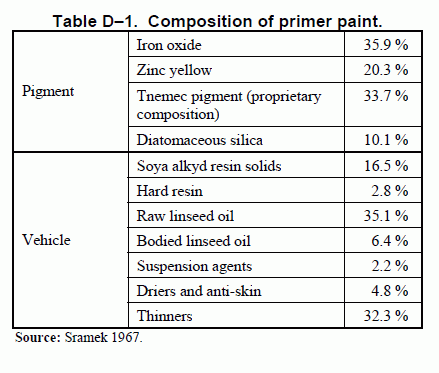JREF member Sunstealer has done a very credible job in discussing the article recently paid for by Professor Jones.
I find it hard to believe that the only possible explanation for Professor Jones' data is SunStealer's interpretation. Below, I reproduce my posts suggesting other ways to get platelet morphology aluminotherics. I made one essential correction. The text now reads "Besides packing more Al per unit volume, a platelet morphology, by
maximizing the ratio of Al to Al oxide, ...." , instead of "Besides packing more Al per unit volume, a platelet morphology, by
minimizing the ratio of Al to Al oxide, ...."
==========================================
Playing with Platelets
There may be other options. E.g., you can buy silicon in
nano-scale platelet form.
You can
deposit Al onto silicon via sputtering.
( and perhaps other methods of physical vapor deposition? not sure if this means elemental Al )
As for the motivation to do so, I have absolutely no idea about cost (and absolutely no intention to research it), but aside from that, referring to "
MODELING THE MELT DISPERSION MECHANISM FOR NANOPARTICLE COMBUSTION"
we see that:
nanometer scale spherical particles in nanothermite are 20-120 nm
oxide shell thickness is 1-8 nm
consider middling values of 50 nm and 4 nm, about 26% of your particle is taken up in the oxide shell. You are also wasting the space in between spheres.
Perhaps platelets made on nano-silicon platelet substrates help you pack more elemental Al, per unit volume. Especially if Al-oxide shells are "sticky" as they form Al nanothermite in the normal, spherical form, thus leaving huge pockets of empty space to fill. (BTW, IIRC, the Ph.D. thesis I linked to gets into compressing nanopowders. If not that one, then definitely the master's thesis mentioned above.)
If it does this, and saves you money, that would be a double motivation for doing so.
Once again, I remind everybody that I am not a domain expert. Thus, my sputtering speculations may sputter!
Playing with Platelets, part 2
Another speculation as to platelets vs. spherical:
The MODELING thesis says:
Quote:
A combination of increased oxide shell formation temperature and increased oxide shell strength could be used to maximize the flame velocity in particles with increased relative particle size.
Besides packing more Al per unit volume, a platelet morphology, by maximizing the ratio of Al to Al oxide, might result in not just more energy, but relatively
less power (i.e., a slower reaction). For one thing, I expect the oxide layer to break near the platelet edges (this is an uneducated guess, I hasten to add), and to do so under less pressure than would be required to break an oxide layer of equal thickness in the spherical case. * This would tend to negate the dispersion melt mechanism as a contributor to flame propagation. Hence, your nanothermite will have it's power profile shifted back towards that of the micron-thermite type, while simultaneously generating more total energy.
If you look at Fig. 1 of MODELING, you can see that Aluminothermics already have dramatically superior energy density (per unit mass) than high explosives, but the energy density, per unit volume, of Al/Fe2O3 is only about 40% greater than high explosives. You can't change the inherent mass of reactants, but you can fiddle with the density. If you simultaneously increase the energy per unit volume, while slowing down the reaction, you can end up with a hotter, but quieter "explosion".
* from MODELING:
Quote:
The pressure inside the Al particle causes tensile hoop stress (σh) in the oxide shell. Due to the small thickness of the oxide shell (1 – 8 nm), it is almost defect free and therefore its ultimate strength (σu) approaches the theoretical maximum strength of alumina (σth) estimated at 11.33 GPa [11].

